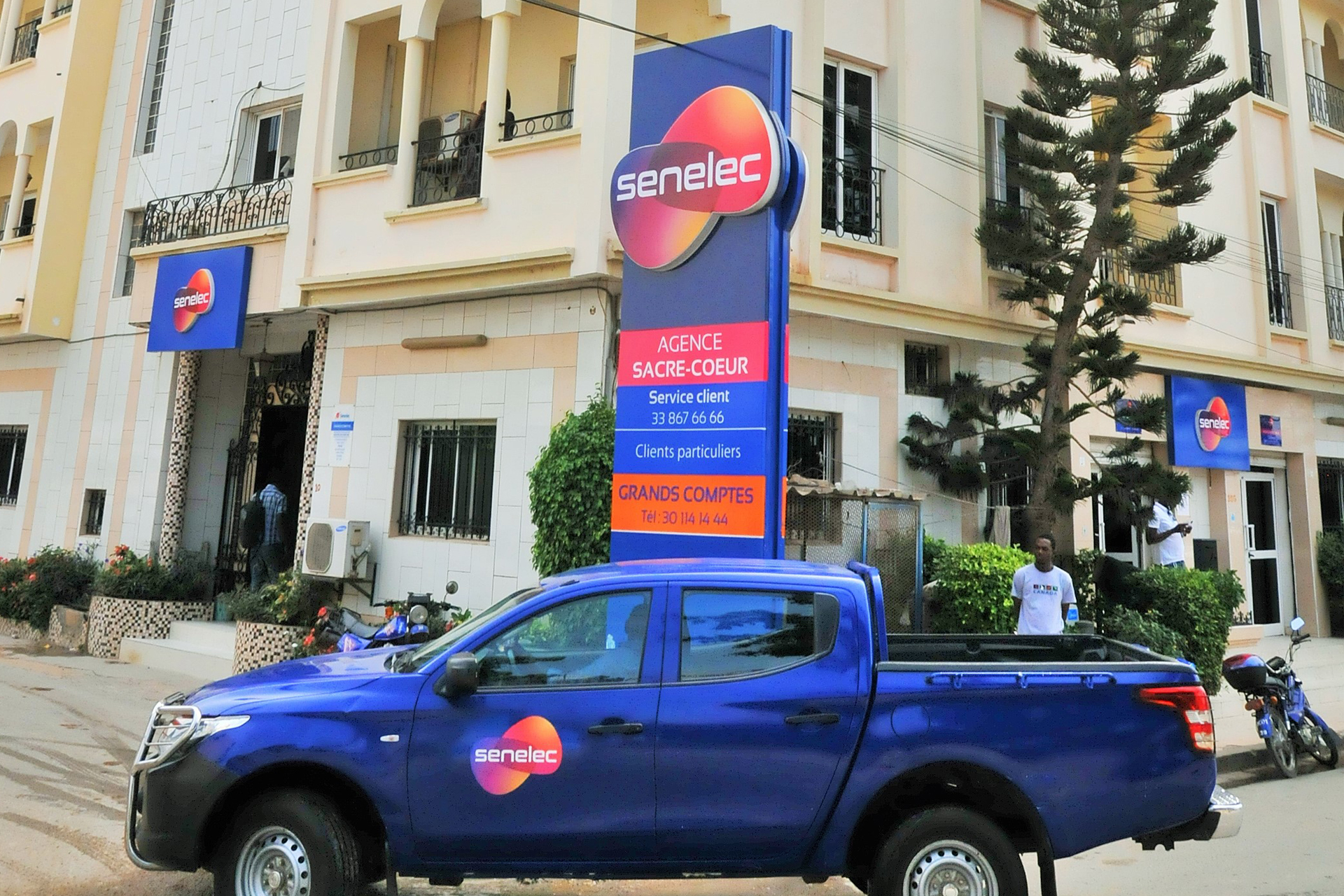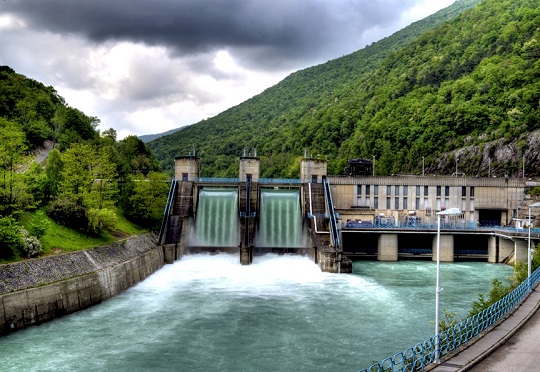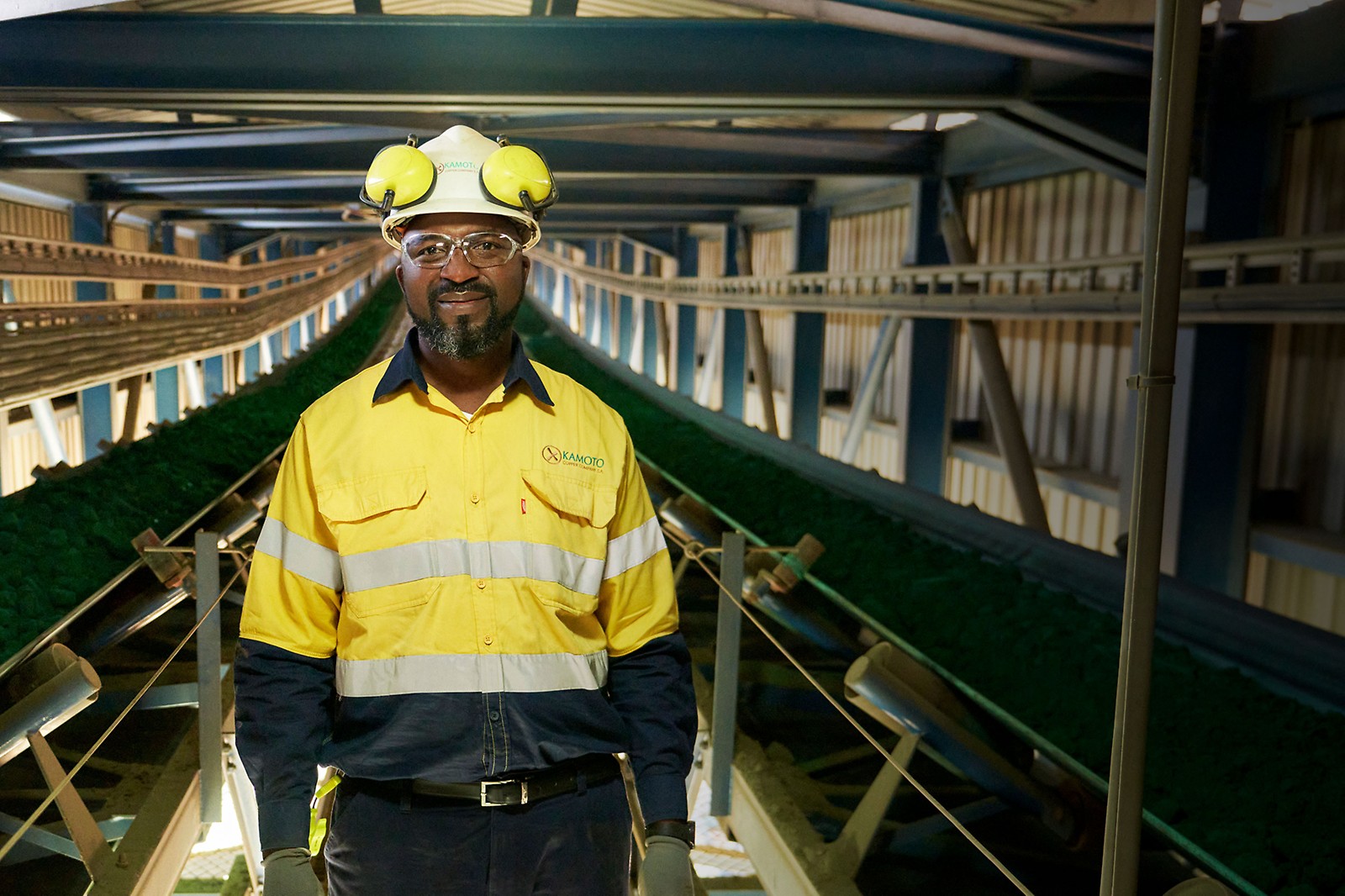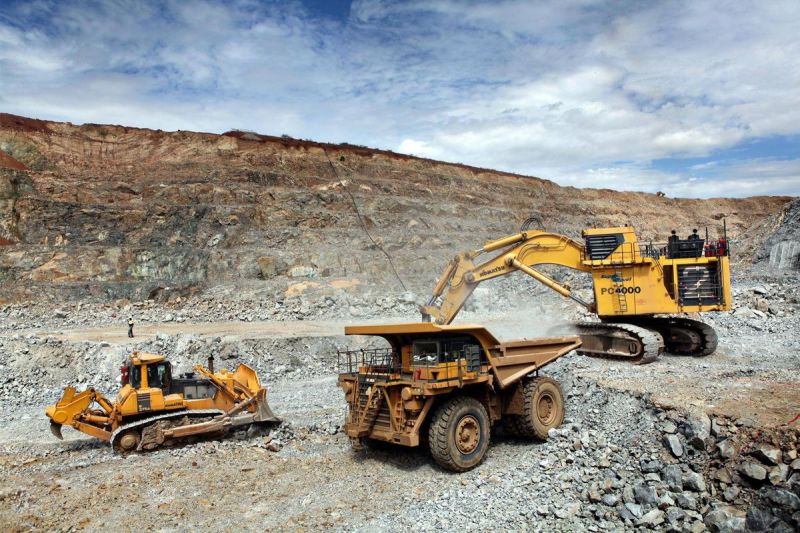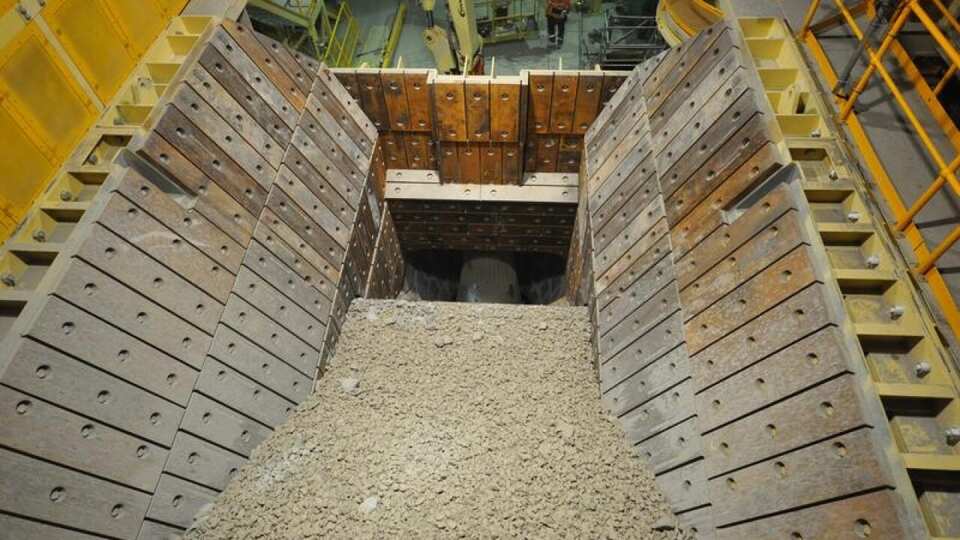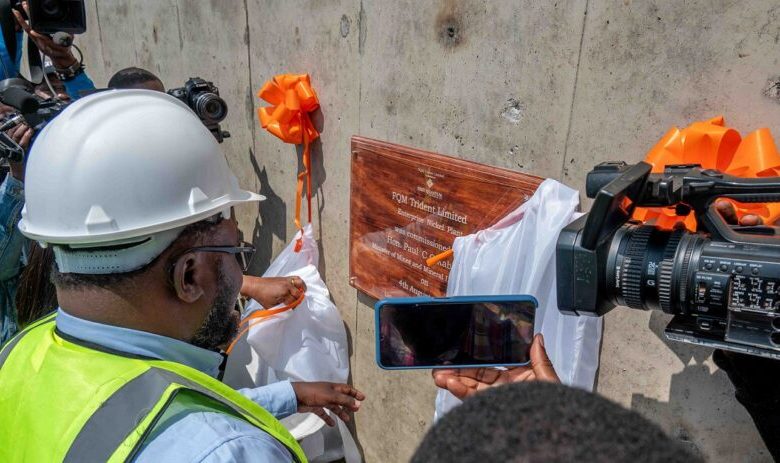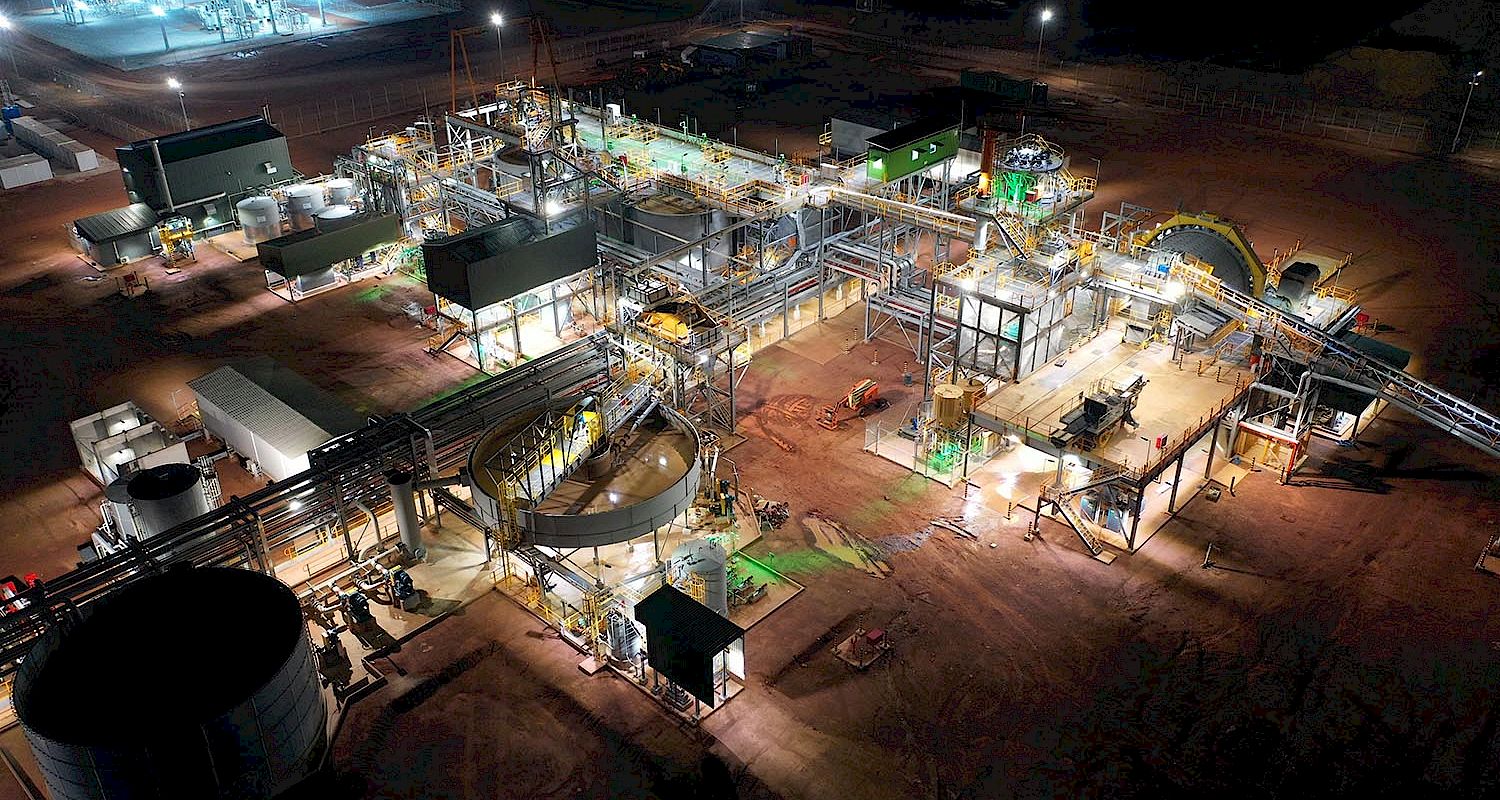In recent years, Ghana's mining industry has undergone a remarkable transformation, propelled by the twin forces of digitalization and an increasing focus on Environmental, Social, and Governance (ESG) principles. As one of the leading gold producers in Africa, Ghana's mining sector stands at the forefront of innovation and sustainability, embracing technological advancements while prioritizing responsible practices.
Digitalization Driving Efficiency



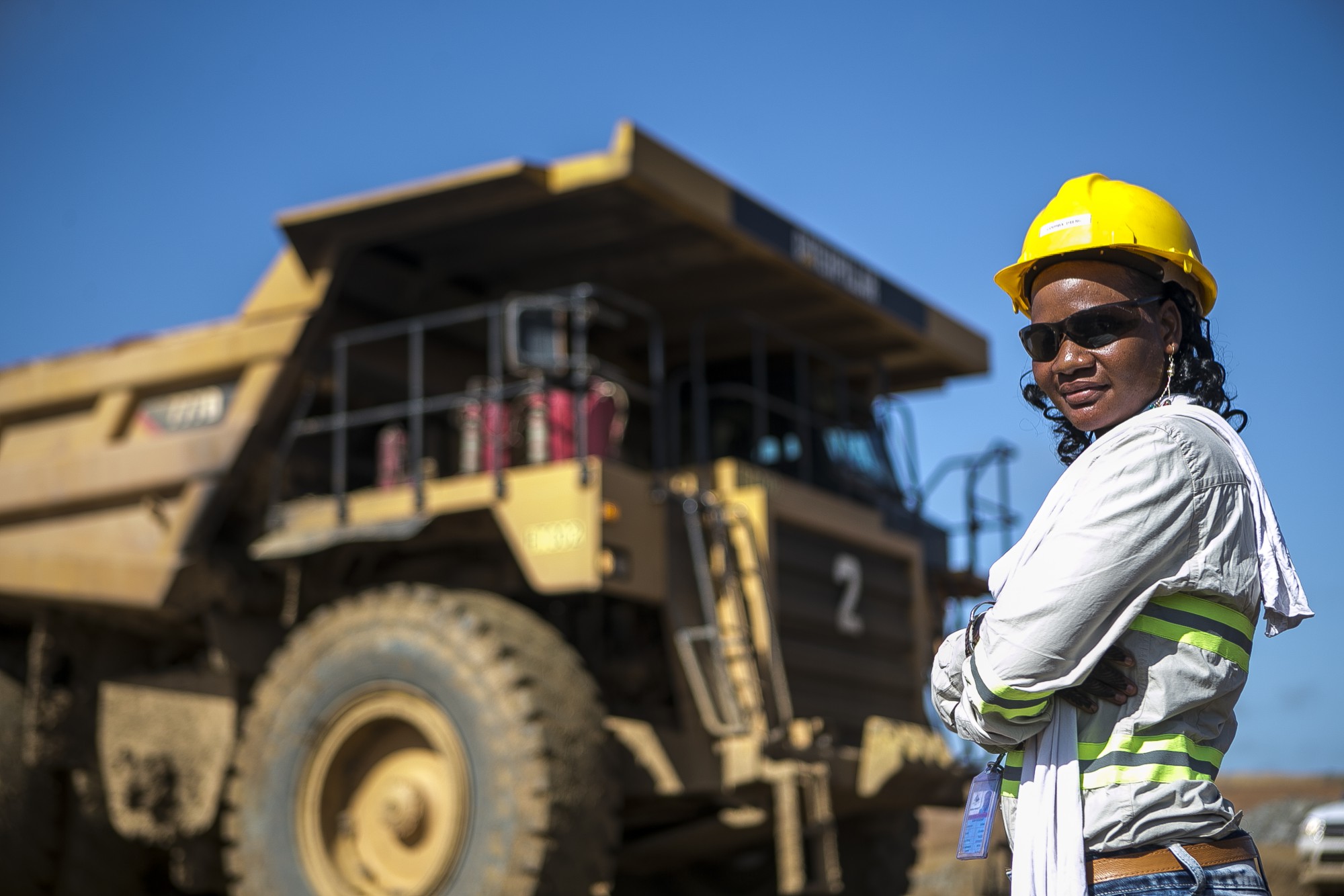
 FEKOLA MINE - BE Mining Africa.pdf
FEKOLA MINE - BE Mining Africa.pdf